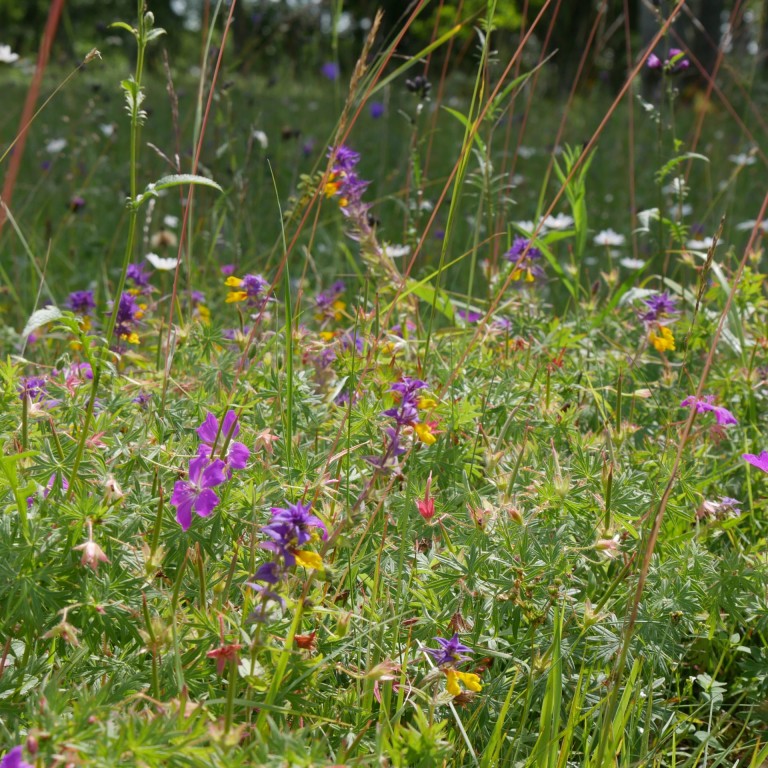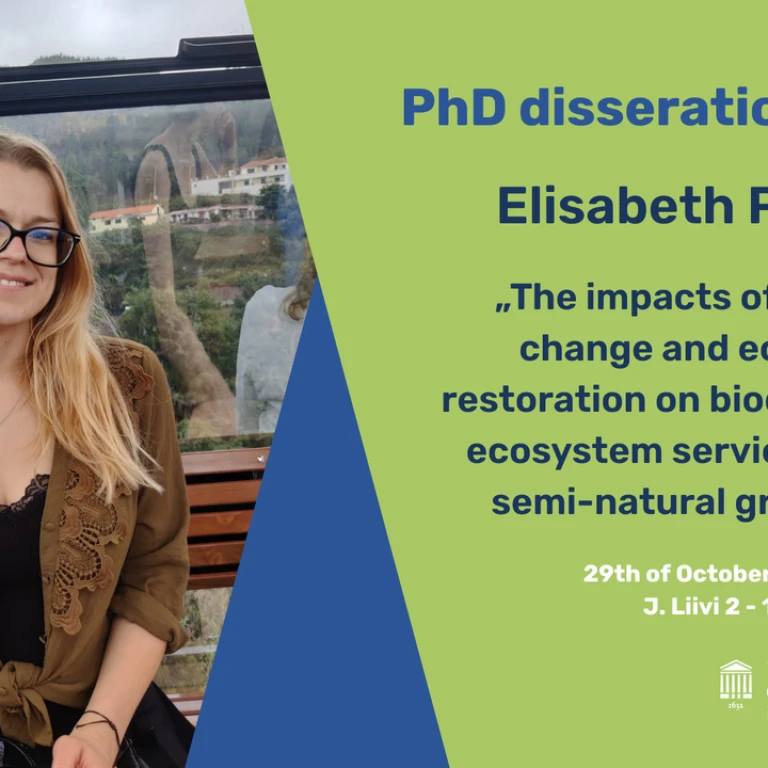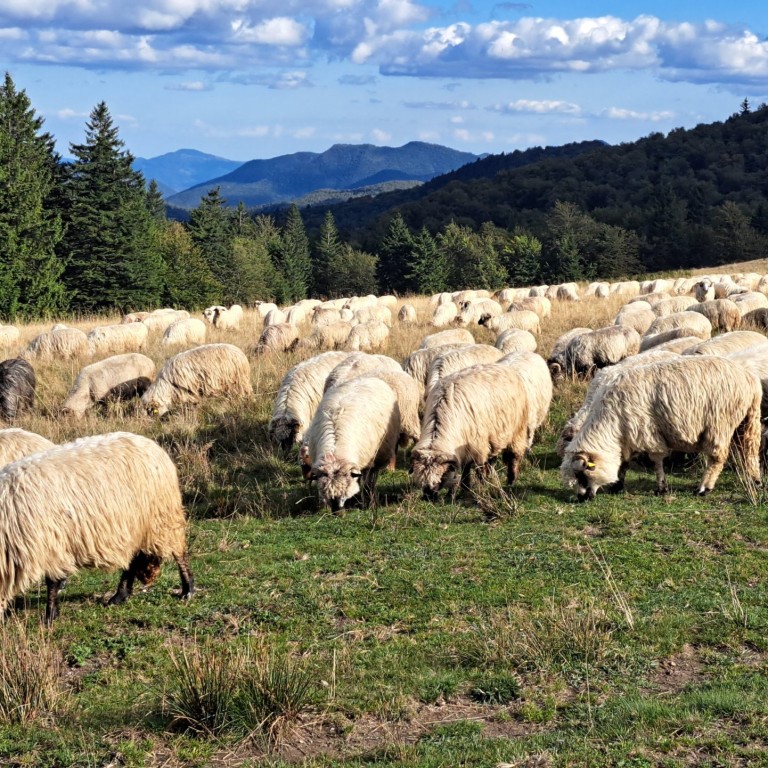The exchange of plant genetic material helps to understand the functioning of landscapes as a whole and provides a reference to how populations can cope with landscape and environmental changes. At the same time, the gene flow between plants is significantly influenced by landscape elements, historical land use and its change.
In nature conservation activities such as habitat restoration, it is important to take into account the historical landscape. In order to ensure the best possible involvement of historical land use and sustainable restoration activities, the gene flow of the population must be assessed and a suitable metric selected. Analyzing the gene flow of plants that occurs mostly with the help of pollinators, wind, livestock or wild animals using different metrics will help to reveal the impact of landscape elements on plant populations, explain researchers Iris Reinula, Marianne Kaldra and Tsipe Aavik in a newly published article in the journal Biological Conservation.
An example is the landscape where historically there has been no forest, but today there is. If you analyse the forest's impact with a metric that reflects rather historical gene flow, you can't detect it, although it may still exist.
"We explored two landscapes on the island of Muhu. These were historically semi-natural grasslands, but today they have become quite different. In the better preserved landscape of Koguva, we can still see semi-natural grasslands, although some of them have overgrown with juniper. However, the landscape of Lepiku has changed more, where semi-natural grasslands are hardly present and most of the area has either been forested or turned into intensive agricultural land. In these two landscapes, we studied the exchange of genetic information, i.e. gene flow, of the cowslip, wanting to know whether and how the landscape affects the latter," Iris Reinula opened the background of the research.
"Looking at two different areas, we found that landscape elements such as forest or field can have different effects on the gene flow of meadows in different landscapes. For example, in the more connected landscape of Koguva, we saw the interfering effect of shrubs on gene flow, which was absent in the more fragmented landscape of Lepiku. On the other hand, the forest had a surprising positive influence on the gene flow. One reason for this result may be the large share of forest in the Lepiku landscape, which is why pollinators may have no choice but to move through the forest. At the same time, the forest is not a barrier for all pollinators, because, for example, clear-cut corridors in forest can also help."
Therefore, when planning nature conservation activities, the specific nature of the landscape should be taken into account. Researchers recommend analysing gene flow with different methods and metrics before removing trees and shrubs from the meadows, as well as further grazing and mowing if possible - only then a comprehensive overview of the area of interest can be obtained. In this respect, the results found in one landscape should not be transferred to another landscape, but should take into account the particularities and histories of the landscape under consideration.
Iris Reinula also speaks about landscape genetics and the published article on the Vikerraadio programme Labor (in Estonian).
More information:
Iris Reinula




